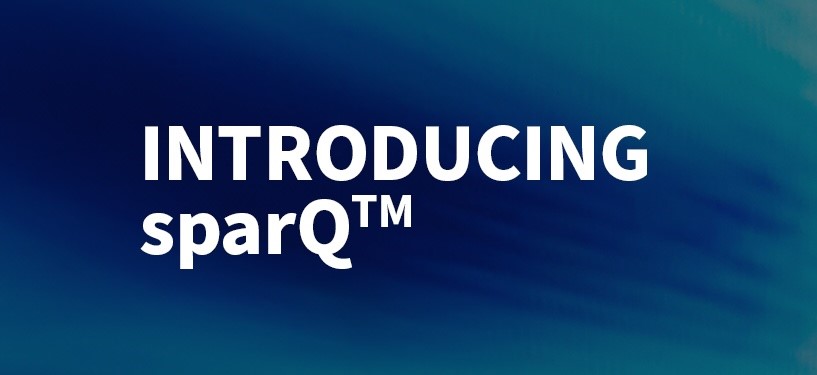Is your hiring stalled? So far this year, we’re seeing many employers struggling with false starts, lost traction, and detours in hiring, as they navigate a constantly shifting business landscape impacted by threats of a recession, funding pressures, tension between remote and in-office work, and now AI and its impact on the workplace. We see evidence of these trends in notes for unfilled jobs in our database… “client lost interest,” “job requirements changed,” “candidate took another job,” “job on hold.” The paralysis is palpable and holding back otherwise healthy businesses. Here are five lessons for navigating and getting over the hiring hump that we’ve learned from our work with hundreds of businesses over the past decade through prior recessions, the pandemic, and other uncertain times.
Know your hiring direction
To make a successful hire, the most critical step is knowing why you are hiring. We’ve seen many businesses, overwhelmed by their workload, rush into the hiring process without taking time to define the goals and expected return that hire will bring. Clear indicators of this haphazard approach are a mutating job description or derailment during the interview process when a company can’t answer fundamental questions about the position such as earning potential or performance expectations. Before launching a search, slow down to speed up by getting clear on what’s driving you to hire (e.g., capacity needs, growth, missing skills), and by building a cost/benefit model that quantifies the anticipated impact of that hire. If economic uncertainty is a threat, consider incremental options such as hiring on a part-time or contract basis and then growing the position when conditions stabilize or when the value of the hire is proven.
Set realistic requirements
We entered this year with a big disconnect between what candidates expect and what employers want. Not only are employers having to deal with stiff demands for remote work and higher pay, but they are still traumatized by last year’s “quiet quitting,” “ghosting,” and other unpredictable job-seeker behaviors. As a result, we’re seeing hiring managers closing their requirement filters so tightly that there are no candidates for the job. It is important to define what requirements are negotiable and what are not and then refine the job description. If no candidates check all the requirement boxes, consider opening your filter on aspects of the job that can be learned with strong aptitude, the right attitude, and good training.
Understand the labor market terrain
Consider current labor market conditions as you seek to fill roles at your organization. Incorporate flexibility where you can and set pay realistically. If you can’t pay market rates, highlight what you can offer to make the job attractive, such as performance-based bonuses, unique benefits, professional development, or differentiated culture. And have a plan for when and where to budge.
Design a path that gives you confidence in your screening and selection
“We’ll know it when we see it,” is a common refrain in a doomed, drawn-out search marked by meandering screening steps, redundant interviews, and disgruntled candidates. A thoughtful, well-designed screening process gives an employer confidence it will make the right hire and is important not only in effectively evaluating candidates, but in ensuring the hiring process is efficient, parties are aligned, and candidates stay interested and excited. Take time before you post a job to map out the screening and selection process, including the format, people, and timeframe for each phase. The best hiring processes we’ve seen include three to four rounds of interviews max, with at least one of the interviews held in person. Successful screens also tend to include at least one custom-designed exercise to evaluate a candidate’s abilities with respect to the position (e.g., giving a pitch, reviewing a contract, writing a blog, doing an analysis) and some form of culture check such as an extended office visit, group lunch, or participation in a company meeting or event.
Remove obstacles and stick to your pace
Self-inflicted hiring bottlenecks come in all forms and can derail the hiring process. We’ve witnessed many, including the hiring manager trying to hire someone to lighten her load but too burdened to review resumes or interview candidates. Or the cog in the screening wheel who is always out of town or in meetings when it’s time to interview. Or the offer letter that must go through four rounds of approvals. Delays like these leave the hiring process vulnerable to disengagement by both the internal team members and candidates. Set a timeline for making the hire, make sure those involved commit to making the schedule work, and keep pace. Sometimes you have to get out of your own way to make progress.
Clear hiring goals, realistic requirements, an understanding of the labor market, a well-designed screening process, and attention to removing obstacles that can impede progress are key to confidently getting over the hiring hump. In this uncertain environment, make a commitment to putting the discipline into your hiring that will keep your business moving forward.




